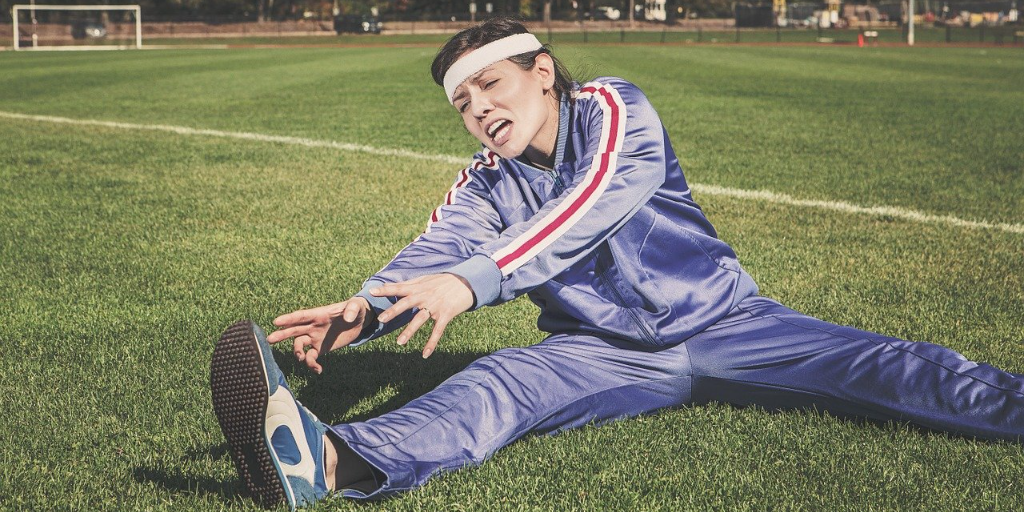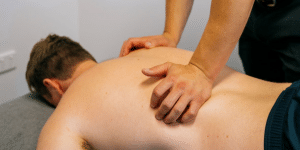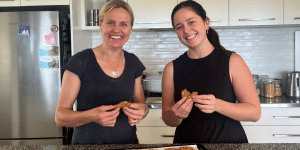How Fit Are You?

How fit are you? Over the next few newsletters we’re going to run a series on physical and functional challenges – things you should be able to do. To keep it fair, we’ll tailor the goals by age and gender – obviously we don’t expect our 75-year-old patient with a sore knee to be as strong as the 23 year-old rugby player she’s sitting next to in the waiting room!
It’s not a competition – and remember, all the targets or data are from populations without an injury or significant health issue. Whoever wrote that the thief of joy is comparing yourself to others makes a strong point!
But all the same, if you’re not happy with where you land or you simply can’t do a test because of pain, injury, weakness or inflexibility, and you want to do something about it, then come and see our Physiotherapists or Exercise Physiologists at our Newcastle or Gateshead clinics and we’ll help you sort the problem out.
Over the next few months, we’ll have some quick and simple tests for balance, flexibility, strength and fitness. To start with – balance.
Where do I get my sense of balance from?
In really simple terms, your ability to maintain balance comes down to two factors that constantly interact with each other:
| Knowing where your body is in space: | Keeping yourself upright: |
|---|---|
| How good your sensory system is at collecting & analysing information from multiple sources. | How well your brain coordinates your muscles, and how effectively those muscles work together. |
So any problem with the sensory system (feedback from your eyes, inner ear, muscles, ligaments and joints), the processing system (your brain) and the musculoskeletal system (insufficient strength, flexibility or coordination) will impair your balance.
This explains why:
- Little kids have poor balance – because their systems are still developing and don’t always act in a coordinated manner.
- Older adults have reduced balance – because they may have reduced muscle strength, and because spending less time being active means their sensory and processing systems are out of practice. Use it or lose it!
Old dogs can learn new tricks!
The good news is that each system is generally quite trainable, even if you consider yourself ‘old’, and once we’ve figured out what needs work, it isn’t too hard to improve.
So what should I be able to do?

Option 1: Single leg balance, eyes closed
Objective: Defines minimum static balance standards in healthy adults
Population: All adults
Method:
- Remove your shoes & socks.
- Cross your arms and raise your preferred leg and hold the position for 30 seconds with your eyes open (do this to ensure that you can safely perform the rest of the test).
- Repeat the same task for 30 seconds with your eyes closed.
- Your time is up when you lose balance / if your standing foot moves / your eyes open / your foot touches the floor
Targets:
| AGE | MALE | FEMALE |
|---|---|---|
| 20-29 | 8 | 8 |
| 30-39 | 7 | 7 |
| 40-49 | 6 | 6 |
| 50-59 | 5 | 5 |
| 60-69 | 4 | 4 |
| 70-79 | 3 | 3 |
| 80+ | 2 | 2 |
Reference Link: https://ot.rte.ie/wp-content/files/2021/01/OT_NOLSP.pdf
Option 2: Functional reach test
Objective: Assessing dynamic balance and falls risk
Population: Adults >60 (or frail younger adults)
Method:
- The patient is instructed to stand next to, but not touching, a wall and position the arm that is closer to the wall at 90 degrees of shoulder flexion with a closed fist.
- The assessor records the starting position at the middle knuckle on the yardstick.
- Instruct the patient to “Reach as far as you can forward without taking a step.”
- The location of the middle knuckle is recorded.
- Scores are determined by assessing the difference between the start and end position is the reach distance, measured in cm.
- Three trials are done and the average of the last two is your score.
- STOP THE TEST IF:
- The patient’s feet lifted up from the floor, or
- They fall (step) forward.
| REACH DISTANCE | IMPLICATION FOR FALLS RISK |
|---|---|
| >25cm | LOW FALLS RISK |
| 15-25cm | TWICE THE AVERAGE RISK |
| 1-15cm | FOUR TIMES THE AVERAGE RISK |
| UNWILLING TO REACH FORWARD (<1cm) | EIGHT TIMES THE AVERAGE RISK |
Reference Link: https://www.physio-pedia.com/Functional_Reach_Test_(FRT)
Option 3: The 4-stage balance test
Objective:A tool to assess a client’s mobility and risk of falls, based on his or her ability to hold four progressively more challenging positions.
Population: Adults >75years
Method:
Directions – There are four standing positions that get progressively harder to maintain.
1. Stand with your feet side-by-side
2.Place the instep of one foot so it is touching the big toe of the other foot.
3.Tandem stance Place one foot in front of the other, heel touching toes
4. Stand on one foot.[3]
- You should describe and demonstrate each position to the patient.
- Then, stand next to the patient, hold their arm, and help them assume the correct position.
- When the patient is steady, let go, and time how long they can maintain the position, but remain ready to assist the patient if they should lose their balance.
- If the patient can hold a position for 10 seconds without moving their feet or needing support, go on to the next position.
- If not, STOP the test. Patients should not use an assistive device (cane or walker) and they should keep their eyes open
[I’d rather see the instructions in a video? – see https://www.youtube.com/watch?v=3HvMLLIGY6c]
Targets:
Not being able to hold the tandem stance (task number 3) for 10 seconds is an indication of increased falls risk.
Reference:
- Phelan EA, Mahoney JE, Voit JC, Stevens JA. Assessment and management of fall risk in primary care settings. Medical Clinics. 2015 Mar 1;99(2):281-93.
- https://www.physio-pedia.com/The_4-Stage_Balance_Test
I can’t do that!
That’s ok. If you want to work on improving your balance, see one of our Exercise Physiologists by calling (02) 4962 8700 or booking an appointment online at our Newcastle West or Lake Macquarie practice.






